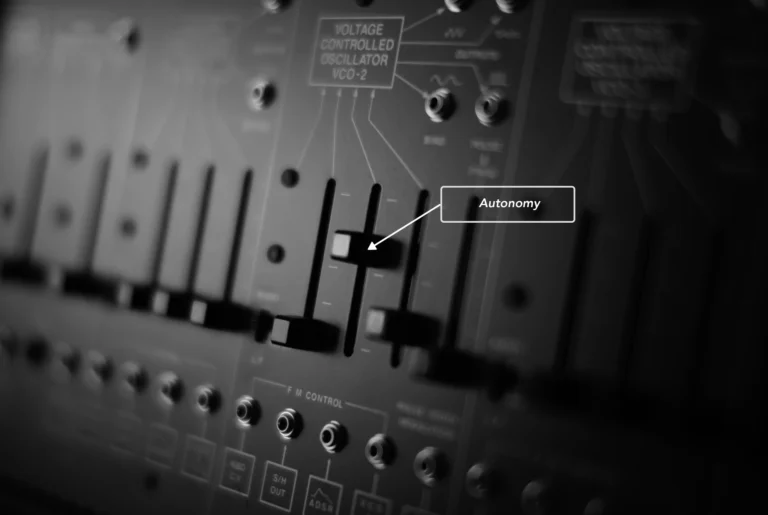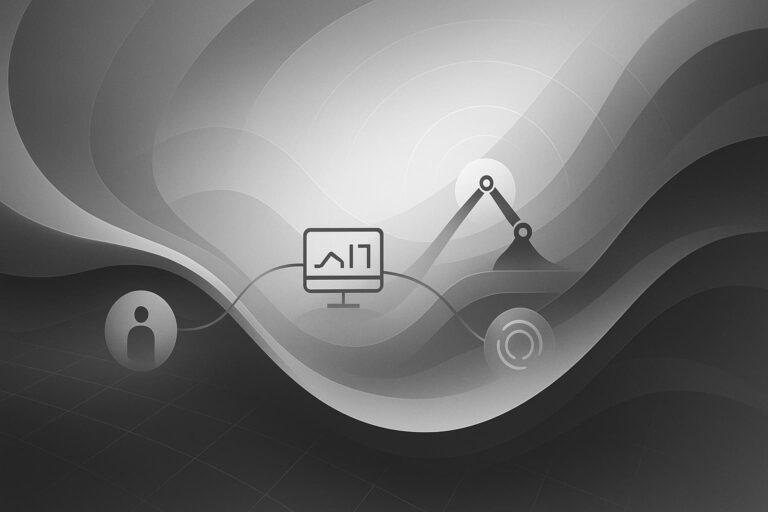Picture this: it’s the middle of the week, and you’d like to get a few symptoms from a previous illness examined by a doctor, so you decide to make an appointment at your local urgent care. You arrive at the hospital and luckily are quickly given a room to be seen, expecting a nurse to arrive shortly. However, instead of a nurse arriving to take your vital signs, it’s a robot that conducts these tests and takes your temperature.
When the robot is done, you’re waiting for the doctor and hear something shuffling outside your door in the hall. Again, not a human, but a sanitization robot that is cleaning the space room next to you to prepare for the next patient.
Robots have been automating healthcare for years now, from performing surgery to capsule endoscopy that records the digestive tract of a patient. However, the use of robots in the healthcare system has greatly accelerated in the past two years.
A typical patient wouldn’t expect to find robots roaming the halls of doctor’s offices and hospitals, but the robotics industry has been preparing for this shift for years. Today, thousands of robots of all types reside in hospitals and doctor’s offices across the world, ready to aid healthcare workers in providing the best care possible.
Robots are helping to improve and expand healthcare
Healthcare workers are the most crucial element of the healthcare system: without them, no one would be able to access care at a doctor’s office or hospital. In addition to taking care of patients, they also have more to think about than just patients: sanitation, supplies, and notifying the proper staff for patient handoffs. To help staff handle the burden of every aspect of healthcare and relieve some of the burnout felt in their community, robots are taking over many of these seemingly medial but vital tasks, all while reducing dangerous and potentially hazardous situations for staff.
Life after a pandemic taught us that close contact with potentially infectious patients can quickly put an entire staff of healthcare workers at risk. By removing staff from these roles and assigning robots for some simple close-contact roles, nurses are given additional protection- optimizing the entire patient process. For example, a nurse who is assigned to take temperatures will need to account for lunch breaks, personal interactions, and the risk of being exposed to so many potentially contagious patients. Machines don’t require breaks or overtime, saving hospitals time and money while taking more patient temperatures and completely cutting out any risk of infection to keep as many human staff healthy as possible.
Unfortunately, in addition to fighting to keep staff healthy, the healthcare industry is also experiencing mass labor shortages that are still affecting many industries today. These shortages are due to a variety of reasons, with stress and burnout being among the most common reasons healthcare staffing is suffering. Although no robot can replace a good healthcare worker, they can help to supplement shortages by pitching in to fill gaps so humans can focus on providing the best personal care to patients.
Where will we see robots automating healthcare?
So, we know how robots are automating healthcare and its operations, but where will patients actually see them when visiting the doctor or hospital?
Due to the pandemic, telemedicine (a way for patients to meet with doctors virtually) is experiencing a surge in use within hospitals themselves. As hospitals are busy environments and safety is still a priority, telemedicine helps doctors meet with their patients without risking exposure and creating an easier process. InTouch Health is tapping into this need by providing quick access to doctors with the RP-VITA remote presence robot, an autonomous mobile robot carrying an iPad that patients can communicate with their healthcare provider, through video.
But what about a robot dog coming to check your vital signs? That’s right, in 2020 as a response to the dire need to protect healthcare worker’s safety, Boston Dynamics teamed up with MIT and Brigham and Women’s Hospital to research the use of Spot, Boston Dynamics robotic dog, to measure vitals including skin temperature, breathing rate, pulse rate, and blood oxygen saturation. Spot still works within the hospital to both take vitals and live-stream doctors to their patients.
According to a study by Nursing Times, nurses could be spending almost 40 hours per month searching for equipment. To help nurses focus on more important work, Diligent Robotics introduced Moxi, a socially intelligent robot that assists healthcare staff with non-patient facing tasks such as delivering samples, medication, patient supplies, and even distributing PPE amongst staff- all with a friendly face patients can feel comfortable around.
Another crucial yet simple task robots are automating for healthcare is sanitation. With stricter sanitation expectations, healthcare workers don’t always have the time to clean spaces between each visit without impacting another duty. Avalon Steritech is just one of the companies addressing this need with their sanitation robot, creating the Whiz Gambit in partnership with Softbank Robotics. Utilizing dry-mist spray technology to clean more efficiently and quickly, the Whiz Gambit cleans healthcare settings efficiently and quickly to create a consistently sterile environment.
No matter how sterile, safe, and easy a healthcare experience can be, loneliness is a very common reality- especially in long-term care homes. This is why Trinity College of Dublin has Stevie, a socially assistive robotic companion that’s helping care staff focus more on personalized care by running games and conversing with residents. Using facial and voice recognition, Stevie can address patients by name as well as monitor their health during any interaction- contacting human healthcare workers in times of emergency.
What does this mean for the future of healthcare?
Humans are crucial to the quality of healthcare, and will always remain the most important element of the healthcare system. However, the past few years have shown that now more than ever, healthcare staff deserve additional automation to help them provide the best care possible to patients- and the robotics world is rising to the task.
By assisting with basic tasks that take time away from patients, robots are helping healthcare workers provide faster- and more personalized- care than ever before. Less time running for supplies or gaps waiting for rooms to be cleaned means reduced wait times in emergency rooms and doctor’s offices- expediting access to healthcare and potentially saving more lives in the process. Robots are also easier to control and can cut down on opportunities for human error that can occur when delivering samples or medicine to a patient’s room-saving on administrative costs down the road that hospitals can reinvest into staff and supplies.
Though robots will be assuming some monotonous and potentially hazardous tasks, they won’t be taking the critical role of a nurse or doctor anytime soon. They may be thought of as autonomous, but robots still need humans to help them operate and resolve any errors or spills they experience while on the job, and couldn’t make the important decisions healthcare staff do every day. But in a post-pandemic world, robots automating the healthcare system will set a new standard of cleanliness and care for patients.



